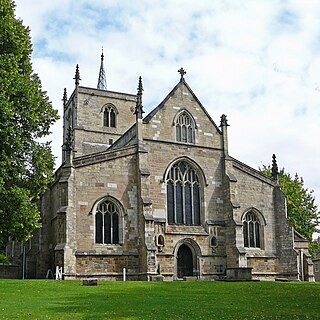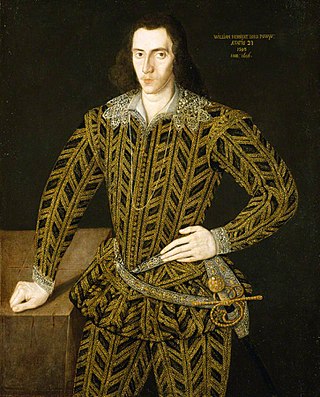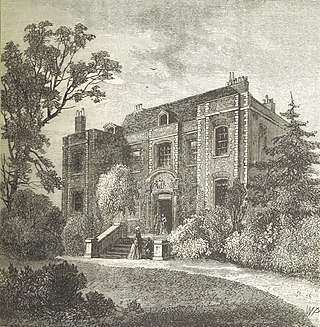Related Research Articles

Sir Henry Slingsby of Scriven, 1st Baronet, 14 January 1602 – 8 June 1658, was an English landowner, politician and soldier who sat in the House of Commons at various times between 1625 and 1642. He supported the Royalist cause during the Wars of the Three Kingdoms, and was executed in 1658 for his part in a conspiracy to restore Charles II.
Sir John Fenwick, 1st Baronet of Wallington and Fenwick, Northumberland, was an English landowner and politician who sat in the House of Commons at various times between 1624 and 1648. He supported the Parliamentary cause in the Civil War.
Sir Thomas Slingsby, 2nd Baronet, of Scriven in Yorkshire, was an English landowner and Member of Parliament.

William Herbert, 1st Baron Powis KB was a Welsh politician who sat in the House of Commons at various times between 1597 and 1629.

Sir Richard Hoghton, 1st Baronet was a politician who sat in the House of Commons between 1601 and 1611.

Sir Edward Seymour, 2nd Baronet was an English landowner and politician who sat in the House of Commons between 1601 and 1625. He was an ambassador to Denmark. During the English Civil War, he supported the Royalist cause.
Thomas Belasyse, 1st Viscount Fauconberg, styled Baron Fauconberg between 1627 and 1643 and Sir Thomas Belasyse, 2nd Baronet between 1624 and 1627, was an English politician who sat in the House of Commons at various times between 1597 and 1624 and was raised to the peerage in 1627. He was an ardent supporter of the Royalist cause in the English Civil War.

Sir Edmund Bowyer was an English lawyer, landowner and politician who sat in the House of Commons at various times between 1593 and 1624.

Sir William Slingsby was an English soldier who is often erroneously noted as the discoverer of the first spa water well in Harrogate, North Yorkshire.
Sir Richard Warburton was an English politician who sat in the House of Commons between 1601 and 1610.
Sir Henry Crofts was an English politician who sat in the House of Commons at various times between 1624 and 1660.

Sir William Strode (1562–1637) of Newnham in the parish of Plympton St Mary, Devon, England, was a member of the Devon landed gentry, a military engineer and seven times a Member of Parliament elected for Devon in 1597 and 1624, for Plympton Erle in 1601, 1604, 1621 and 1625, and for Plymouth in 1614. He was High Sheriff of Devon from 1593 to 1594 and was knighted in 1598. In 1599 he was appointed Deputy Lieutenant of Devon. There is a monument to him in the parish church of Plympton St Mary.
Sir Robert More was an English politician who sat in the House of Commons from 1601.
Sir Talbot Bowes was an English politician who sat in the House of Commons at various times between 1593 and 1629.
Sir Christopher Hilliard or Hildyard was an English landowner and politician who sat in the House of Commons at various times between 1589 and 1629.
Thomas Fairfax, 1st Viscount Fairfax of Emley JP was an English landowner and politician who sat in the House of Commons at various times between 1601 and 1626. He was created Viscount Fairfax in the Peerage of Ireland in 1629. He "erected a mansion on Bishophill (York) early in Elizabeth's reign".
Henry Ludlow was an English politician who sat in the House of Commons between 1601 and 1611.
Henry Bethell was an English politician who sat in the House of Commons in 1660.
Sir Richard Graham, 1st Baronet of Esk was an English politician elected to the House of Commons. He fought in the English Civil War for the royalist army.

Sir William Vavasour (1514–1566), of Hazlewood, Yorkshire was an English politician.
References
- 1 2 3 4 History of Parliament Online - Henry Slingsby
- ↑ Historic England. "Moated site 50m north west of Red House (1020887)". National Heritage List for England . Retrieved 5 October 2023.
This article relies largely or entirely on a single source .(February 2015) |